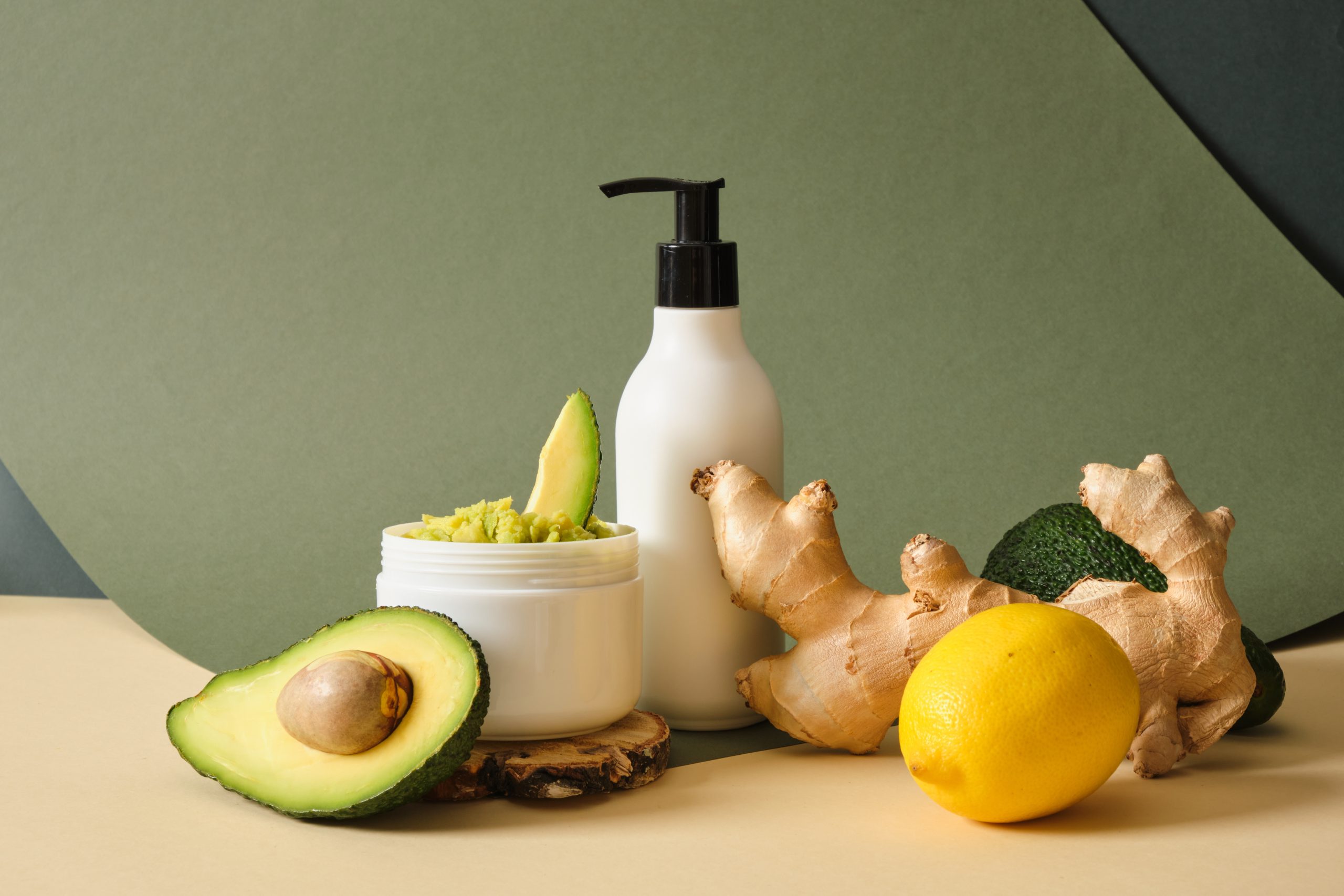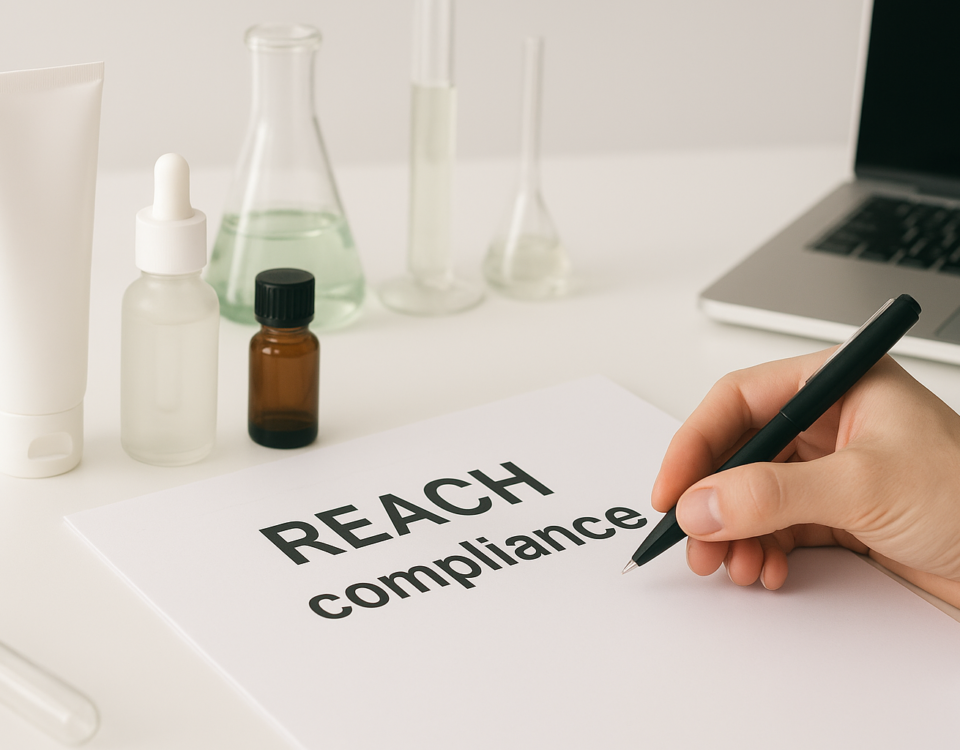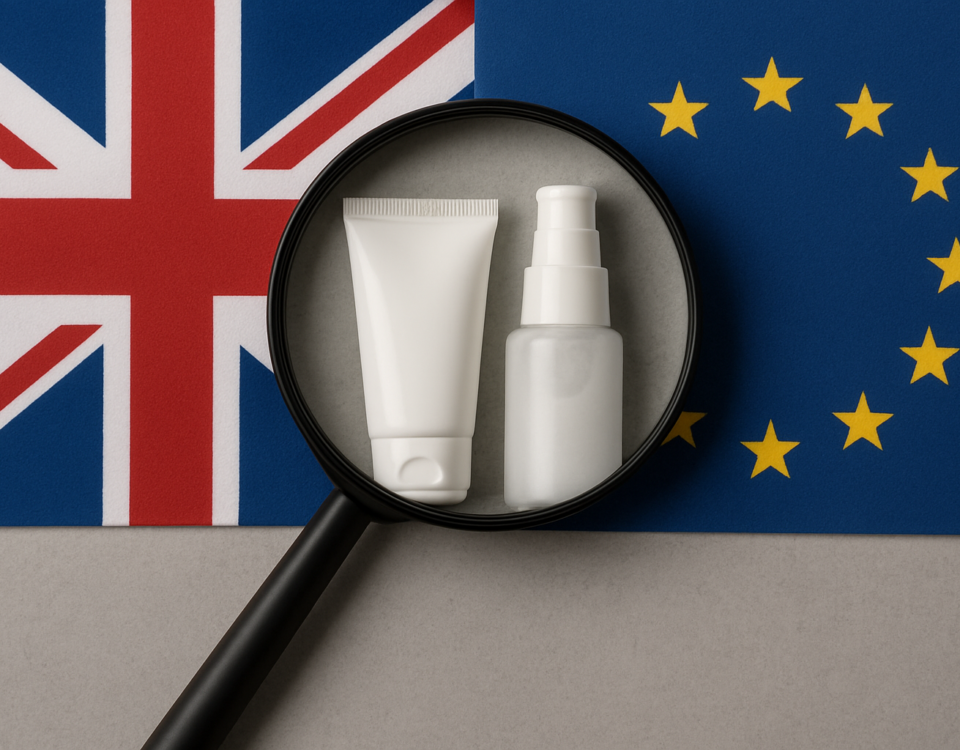
My product is rich !
23 November 2022
Clear wishes you a dynamic, regenerating, variegated and pluralistic new year
5 January 2023The European Union is planning to update its allergen labelling regulations very soon. CLEAR proposes a quick look at the most important points.
At the moment, there is a list of 24 substances which must be clearly indicated in cosmetic product ingredient lists as potentially allergic to humans when present above specific content thresholds (which in turn depend on whether the product is to be rinsed off or not). Originally this number was 26, but two of them have recently been banned (LILIAL® and LYRAL®).
However, a new European Regulation is expected to be issued for the first quarter of 2023 which will significantly add to this list of substances. The number is expected to rise to 81, but labelling thresholds will remain the same.
In spite of repeated demands from the industry, it will not be possible to indicate the presence of these substances immaterially. However, in an attempt to reduce the number of individual substances which need to be labelled, some may be grouped together under a shared group name.
The planned enforcement delays are as follows
2026: all products present on the market must indicate the presence of these new substances on their ingredient lists.
2028: all products which do not respect these new regulations must be taken off the market.
Rule N°1, ANTICIPATION
- Firstly for the raw material suppliers (perfumeries, plant extract and essential oil suppliers), who will have to identify and then quantify the substances such that they can provide the necessary documentation.
- Then for the brands, who will have to gather this information in time to modify their labels and manage their packaging stocks.
- And finally for the testing laboratories in charge of detecting these allergens. Not everyone will be able to cope with the increased workload which will be involved.
Rule N°2, COMMUNICATION
It would therefore seem necessary that consumers will have to be informed about these changes, seeing the ingredients lists on their favourite products suddenly expand might send them into panic.
The main message to get across will be that we are not using more ingredients, but that labels are now more transparent. The aim is to inform those people who know that they are allergic to certain substances, such that they can identify which products they must avoid. Consumer awareness must not be neglected by the brands for the transition to be successful.
As for the rest or the world, there are no current plans for the introduction of any similar labelling obligations.
If you have any questions about this new legislation, don’t hesitate to get in touch with our staff at CLEAR.




